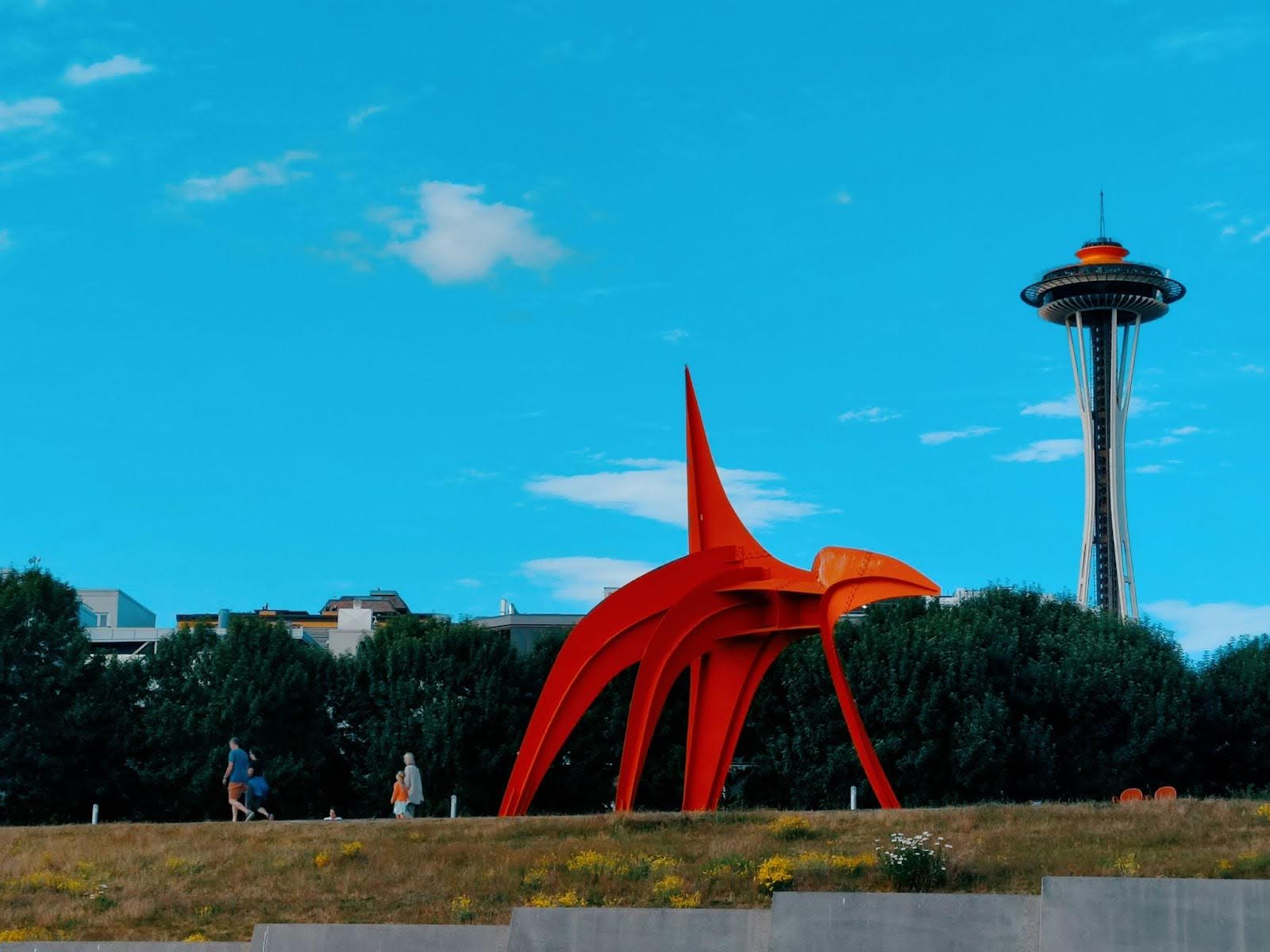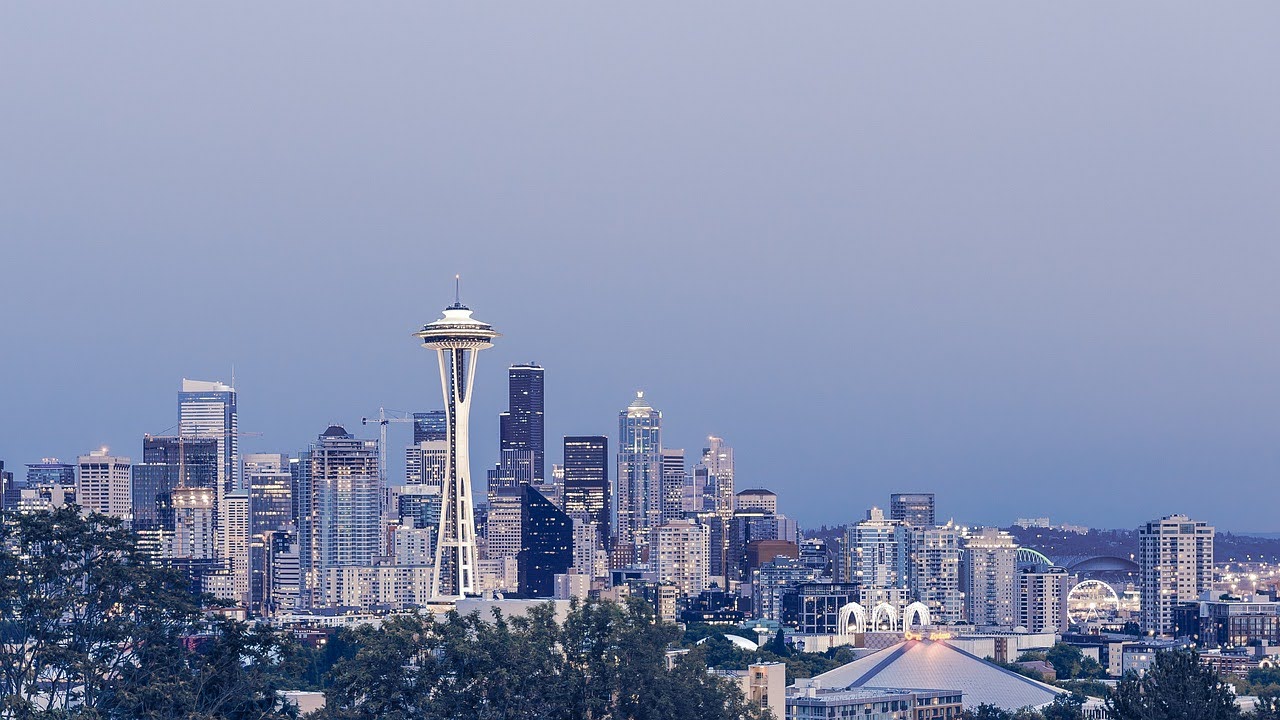Best Seattle Neighborhoods for Artists & Creatives
Seattle’s creativity isn’t confined to galleries and music venues—it lives in its neighborhoods. Whether you’re a painter, musician, designer, or someone who simply needs inspiration, Seattle offers neighborhoods that foster a rich culture and vibrant community.
This guide highlights Seattle neighborhoods where art isn’t just a scene—it’s part of daily life: warehouse studios, DIY collectives, street murals, vintage stores, and community events.

Olympic Sculpture Park | Photo by Margit Umbach on Unsplash
Table of Contents:
- Neighborhood Comparison
- Capitol Hill
- Georgetown
- Fremonth
- Pioneer Square
- Central District (CD)
- Ballard
- White Center
- Final Thoughts
Neighborhood Comparison
| Neighborhood | Best For | Standout Features |
| Capitol Hill | Performers, writers, musicians | Indie venues, protest murals, bookstores |
| Georgetown | Visual artists, craftspeople | Warehouse studios, monthly art walk |
| Fremont | Public art lovers, quirky creators | Trolls, festivals, small studios |
| Pioneer Square | Designers, gallerists | Historic buildings, gallery walks |
| Central District | Storytellers, community-driven artists | Murals, cultural events, activism |
| Ballard | Indie musicians, filmmakers | Historic + hip, live music scene |
| White Center | DIY creators, street artists | Low rents, murals, strong local identity |
Capitol Hill

Street art at Neumos in Capitol Hill | Photo by Taylor Vick on Unsplash
Vibe: Expressive, energetic, eccentric
Why Creatives Love It: Capitol Hill is the cultural heartbeat of Seattle. It’s home to indie theaters, live music, street art, and one of the city’s most progressive and creative populations. Whether you’re working in a studio, performing, or absorbing inspiration, you’ll feel at home here.
 Pros:
Pros:
- Historic venues, bookstores, zines, and coffee shops
- Strong LGBTQIA+ and counterculture energy
- Bookstores like Elliott Bay Books create a literary scene
- Coffee shops like Marmite, Victrola, and Analog don’t kick you out
- Late-night culture that supports night owl artists
- Street murals and nightlife
- Very walkable with transit options
Marmite Coffee in Capitol Hill | Photo by Taylor Vick on Unsplash
Cons:
- Expensive housing and rising rents (~$2,400–$2,800 for a 1BR)
- “In May 2025, Capitol Hill home prices were up 11.7% compared to last year, selling for a median price of $832K,” reports Realtor.com.
- Crowds and noise on weekends
- Most affordable studio spaces have been converted to housing
- Some areas see frequent property crime, especially near nightlife hubs.
Capitol Hill | Photo by Vincent Yuan @USA on Unsplash
Georgetown
Vibe: Industrial grit meets underground creativity
Why Creatives Love It: Once a hub for factories and breweries, Georgetown has become a haven for printmakers, muralists, sculptors, and craftspeople. Located south of downtown, it’s packed with studios, music venues, and historic warehouses that have been converted into creative spaces.
Pros:
- Loft-style living and studio space availability
- Community events, including Georgetown’s monthly ART ATTACK
- “Held every second Saturday, ART ATTACK highlights local artists, makers, and retailers,” explains the Georgetown Business Association.
- Studio spaces $800-1,500/month with loading docks and high ceilings
- Industrial suppliers nearby (Dunn Lumber, metal shops, print shops)
- Oxbow Park offers opportunities for large-scale outdoor work and installations
- A strong community of artists and creatives who collaborate
- Still relatively affordable
- “The average rent for the Georgetown neighborhood of Seattle, WA is $1,427,” reports Apartments.com.
Cons:
- Car-dependent with only one reliable bus line (#124) that runs late constantly
- Floods during heavy rain—check flood maps before renting a ground floor
- Limited late-night food—everything closes by 8 pm except bars
- Can feel isolated from the broader Seattle art scene
- An industrial setting with higher reported crime rates and limited lighting after dark.
Fremont
Vibe: Whimsical, weird, community-focused
Why Creatives Love It: Fremont brands itself as “The Center of the Universe,” and it lives up to the quirk. With public art, such as the Fremont Troll and the Lenin statue, local shops, and galleries, it’s perfect for artists to find inspiration.
 Pros:
Pros:
- Public art, festivals, and indie businesses
- According to Fremont.com, “With over 50 pieces of art scattered around for public view… not to mention what you will find in our galleries and shops, you art lovers will be thrilled!”
- Fremont Abbey Arts Center offers classes, performances, and a real artist community
- Fremont Sunday Market is ideal for busking and selling art
- Fremont Vintage Mall provides inspiration and affordable props
- Working artist studios still exist above 36th Street businesses
- Burke-Gilman Trail connects you to other arts neighborhoods by bike
- Near Gasworks Park
- Generally safe neighborhood
Gasworks Park | Photo by Zoshua Colah on Unsplash
Cons:
- Crowded during events and weekends
- Parking is limited
- Rising housing costs (~$900K+ homes, $2,200+ rents)
- Fremont home prices range from $900,000 to $1.1 million. As of May 31, 2025, “The average Fremont, WA home value is $917,430, down 0.7% over the past year,” states Zillow.
- Big-box grocery stores are few and far between in this neighborhood
- Occasional bike theft reported
Pioneer Square
Vibe: Historic, architectural, quietly artsy
Why Creatives Love It: Seattle’s oldest neighborhood has rebounded as a historic arts district. Pioneer Square is home to galleries and design studios, serving as a space for inspiration.
“Pioneer Square is the center of Seattle’s art scene, exhibiting the depth and range of the vibrant Pacific Northwest arts community, all within one square mile,” states PioneerSquare.org

Pioneer Square Totem Pole | Photo by Zoshua Colah on Unsplash
Pros:
- Home to over 25 art galleries, such as Foster/White Gallery
- Pioneer Square puts on First Thursday Art Walks every month.
- “First Thursday Art Walk in Pioneer Square is a free and self-guided neighborhood event on the First Thursday of every month at participating art galleries, venues, and businesses,” states PioneerSquare.org.
- Located near downtown and stadiums, this area offers a built-in customer base for street vendors and performers.
- Loft conversions and walkable layout
- Business alliances (e.g., Alliance for Pioneer Square) are actively improving safety and perception.
- Dedicated historical district with lots of architectural charm
Cons:
- Known for higher crime rates, especially at night and around transit hubs.
- Open drug use in specific areas
- Limited residential housing
- Limited grocery options
- Higher noise levels
Central District (CD)
Vibe: Soulful, evolving, culturally rich
Why Creatives Love It: The CD is home to Seattle’s rich Black history and creative roots, featuring murals, soul food, jazz clubs, and storytelling. While gentrification has changed parts of the CD, the neighborhood’s creative spirit still thrives through community projects and events.
Pros:
- Rich cultural identity and community
- “In December 2015, the Central Area became Seattle’s second official Arts & Cultural District,” states the Official Seattle Government Website.
- Community murals, gardens, and local support for working artists
- 23rd Avenue murals and ongoing community art projects
- Easy bus connections to the University District and Fremont
- Light rail to downtown and Capitol Hill makes commuting easy
Cons:
- Rising housing prices ($875K+ homes)
- “In May 2025, Central Seattle home prices were up 6.8% compared to last year, selling for a median price of $988K,” Redfin confirms.
- Gentrification negatively impacts long-time creative institutions.
- Limited large studio space
- Safety varies by block; some areas see more break-ins and occasional violent crime.
Ballard
Vibe: Indie, maritime, hipster vibe rooted in tradition
Why Creatives Love It: Originally a Scandinavian fishing village, Ballard has evolved into a mecca for musicians, craft brewers, indie filmmakers, and visual artists. The neighborhood blends heritage with hipness, featuring music venues, boutique shops, and creative co-ops.

Ballard, Seattle | Photo by Sam Battaglieri on Unsplash
Pros:
- Home to great music venues, like Conor Byrne and Tractor Tavern, that offer intimate settings for live shows
- Extremely walkable
- Community art programs like the Ballard Alliance Public Art Support Grant fund local murals and installations
- Strong local art scene with co-ops, like BallardWorks and Push/Pull, the monthly Ballard Art Walks and open studios.
- Nearby art stores and maker spaces make it easy to get materials or rent workspace.
- One of Seattle’s safer neighborhoods, with low violent crime
Cons:
- Expensive housing and rent prices
- “The average rent for an apartment in Ballard is $2,234,” reports RentCafe.
- “In May 2025, the median listing home price in Ballard was $889K, trending up 4.6% year-over-year… The median home sold price was $964K,” Realtor.com reports.
- Limited large-scale art spaces
- Ballard Bridge traffic makes getting to other neighborhoods slow
- Limited nightlife
White Center (Rising Star)
Vibe: Gritty, grassroots, growth
Why Creatives Love It: This is where the next wave of Seattle creativity is happening. DIY murals, skate parks, food trucks, and strong immigrant-led businesses define the vibe here. It’s still affordable, making it a viable home base for working artists.
Pros:
- Affordable housing and rent
- “In May 2025, the median listing home price in White Center, WA was $750K, trending up 7.2% year-over-year… The median home sold price was $570.5K,” Realtor.com reports.
- DIY, off-the-grid energy that inspires risk-taking and originality.
- BIPOC-owned businesses anchor a strong local identity
- Underground art scene with pop-up shows, murals, and spontaneous performances.
Cons:
- Further from central Seattle
- Fewer traditional gallery or studio spaces
- Limited public transit
- Not many nearby art supply stores
- Historically higher crime levels
Final Thoughts
Seattle’s creative energy lives in more than just museums—it’s stitched into the streets, murals, and community spaces of its neighborhoods. Whether you’re chasing inspiration, affordable studio space, or a supportive artistic scene, one of these neighborhoods could be your canvas.

Public Art in Capitol Hill | Photo by Taylor Vick on Unsplash










